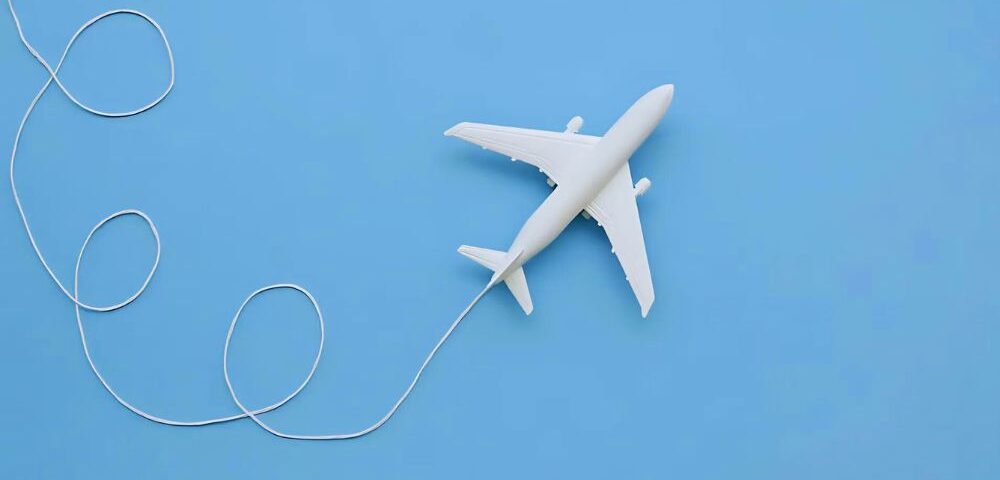- Have any questions?
- 888-432-8878
- steve@sebackground.com

Pre-Pandemic Pursuits—Amazon’s Five-Day Office Mandate Announced
September 17, 2024
Together Is Better—8 Quick Tips on Addressing Workplace Isolation
September 20, 2024Boeing and the IAM are set to resume union negotiations this week after initial attempts to reach a fair contract fell through. The International Association of Machinists and Aerospace Workers is Boeing’s biggest union and it has been at the forefront of the conversation over the last few months, due to its attempt to negotiate a better deal for employees. Boeing workers initiated a labor strike on September 13 after the existing contract ended and the proposed agreement from Boeing was rejected.
Boeing’s high-stakes strike talks are a sore point for the company as analysts estimate that the business is losing over $100 million per day as a result of the strike. With more than 30,000 workers represented by the IAM, the impact on the business has been and can continue to be, quite extensive. Boeing has announced a hiring freeze and may turn to furloughs to manage its losses during this strike period.

Image: Freepik
Boeing-IAM Union Negotiations to Resume
In the latest update to the Boeing Machinists strike representatives from the union and the organization will return to the discussion table accompanied by federal monitors who will be able to help the two parties reach an agreement. Boeing’s labor strike began as a result of the company’s unsatisfactory policies and contract offerings in terms of wages and pensions.
Earlier this month, Boeing and its union had appeared close to finding a resolution to their disputes. Against the workers’ wishes for a 40% pay hike over the next four years, Boeing had offered its employees the promise of a 25% hike, but it guaranteed that the next plane production would begin in the region, guaranteeing jobs for the workers. The contract Boeing had offered was put to vote on September 12 and the union appeared satisfied with the deal, stating that this was the best proposal they had negotiated in their history.
Despite the union urging workers to accept the vote and avoid a strike, the workers were unwilling to settle for the deal. According to CNBC, workers voted 94.6% against the tentative agreement that Boeing had offered. Additionally, they used the second vote to further emphasize their rejection of the deal, with 96% of them opting to strike.
Boeing’s Labor Strike Does Not Set a Good Precedent
IAM District 751 President Jon Holden identified the Boeing labor strike as an “unfair labor practice strike” against the “discriminatory conduct, coercive questioning, and unlawful surveillance” faced by the workers. This is the first time in 16 years that the union has had an opportunity to invest in such high-stakes strike talks with Boeing, and the workers appear committed to establishing an agreement that will be invaluable for the next few years.
Earlier attempts at negotiations had seen Boeing threaten to take its production away to other non-unionized regions, so the promise of maintaining production of its upcoming plan locally is another point that the union is determined to confirm in the new contract.
Boeing’s reputation is already in a precarious position with all of the safety concerns that have erupted over the last few years. The reports that came out earlier this year that showed former CEO Dave Calhoun had received $32.8 million in total compensation last year further shook the image of the organization, an extravagant display of resources while the company was caught cutting corners.
Boeing has no choice but to handle the IAM union negotiations quickly and carefully to ensure that the employees return to work as soon as possible. According to the Seattle Times, experts suggest that if the Boeing labor strike ends within two weeks, the organization could still emerge from the situation unscathed. Considering its existing debts of $60 billion USD, a longer strike could “have a meaningful operational and financial impact.”
The post Boeing-IAM Union Negotiations Resume Under Federal Supervision appeared first on The HR Digest.
Source: New feed




